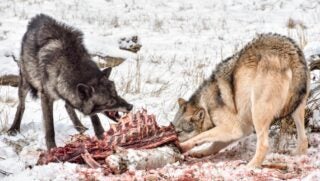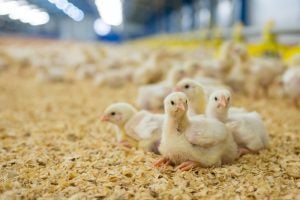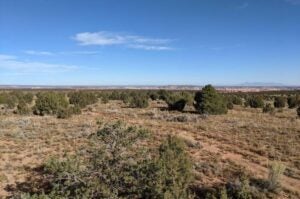Two Pennsylvania men operating NoBull Solutions LLC, a reproductive service for dairies, are in prison following complaints of them practicing veterinary medicine without a license.
On April 10, Rusty Herr, 43, was booked into the Lancaster County Prison. Meanwhile, his business partner, Ethan Wentworth, 33, was sent to the New York County Prison the next day.
The Pennsylvania Veterinary Medicine Association alleges in a complaint filed in Harrisburg that they had received reports of illegal practices of veterinary medicine by unlicensed individuals employed by NoBull Solutions.
The complaint details Facebook advertisements of “all-encompassing reproductive management” for dairy farmers.
This isn’t the first time Herr and Wentworth have had complaints filed against them over allegations of practicing without a license. In 2010, Herr was fined $3,500 for the illegal practice of veterinary medicine and ordered to Cease and Desist. Wentworth was fined $3,000 and ordered to Cease and Desist in 2018.
“Since these individuals continue to practice veterinary medicine without a license after their initial Order to Cease and Desist, we request that the state file contempt charges with Commonwealth Court,” the Pennsylvania Veterinary Medicine Association wrote in its complaint.
Reports indicate that both men will be serving 30-day sentences without bail amid accusations of ultrasounding dairy cows and horses without a license and making other diagnoses.
Ben Masemore, a dairy farmer and partner in sister business NoBull Sires LLC, is acting as spokesman for Herr and Wentworth. He told Lancaster Farming that the laws surrounding ultrasound are vague.
“I know of up to 20 individuals in the state using ultrasound for reproduction. Anyone can purchase one, as they are readily available today,” he said.
Barnes Law LLP reportedly serves as NoBull’s legal defense team and was hired April 17, one week after the business owners’ arrests. According to the legal team, “Pregnancy is not a disease. Pregnancy is not an illness. Likewise, confirming pregnancy or successful reproduction is not a diagnosis. Medicinal definitions are clear: Identification of disease is termed diagnosis, the solution design is called treatment planning, and treatment where appropriate is then implemented as the solution.”
Wentworth’s wife, Gabrielle, calls the situation “troubling” on a NoBull Solutions LLC Defense Fund that was set up to help support ensuing legal fees.
“Wentworth was told to go to the Courthouse (in York) on the morning of April 10 to pay a fine. He was told he would see a judge,” wrote Gabrielle Wentworth. “Instead, he was kidnapped, denied the right to speak to an attorney or to call his family, and seven days later has still not seen a judge.”
According to Wentworth’s wife, Herr was arrested the next morning at home with his wife, Christiana, and children witnessing him being handcuffed and taken away.
“The officers refused to show Rusty’s wife the warrant until after they had taken Rusty away in handcuffs,” reads the legal fund’s website. “Rusty’s children were traumatized by the experience.”
So far, the legal defense fund on GiveSendGo has generated $11,741 through donations, with a total of $100,000 being requested.









